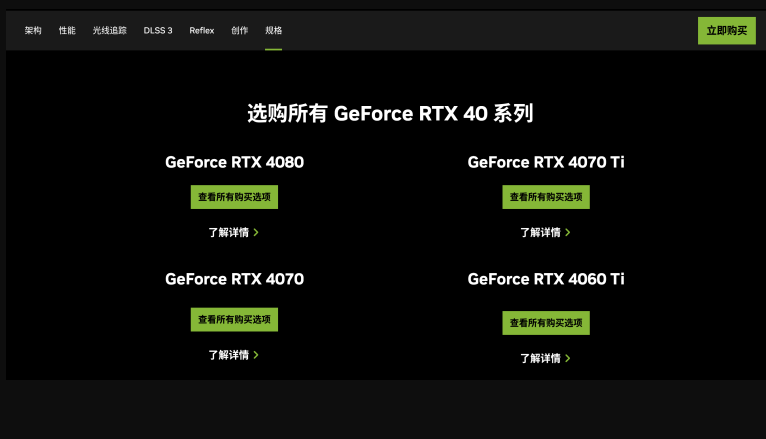Nvidia, responding to a US export ban, has removed its popular RTX 4090 gaming card from its official Chinese website, sparking supply concerns. The move comes as the US tightened export controls, raising the threshold for exports of advanced graphics processing chips to China.
The RTX 4090, Nvidia's most powerful consumer GPU, has been delisted from the company's Chinese website, with the company opting not to provide a reason for this significant change. The absence of the sought-after RTX 4090 from the GeForce RTX 40 series Chinese introduction webpage has led to concerns about its availability among local users, as only the 4080, 4070, and 4060 cards remain accessible for Chinese buyers.
The supply of the RTX 4090 in China has historically been constrained due to its exceptional performance in graphics processing applications, and the recent US update of export controls has heightened apprehensions about potential restrictions on the product's availability. Additionally, major hardware partners in China, including AsusTek Computer, Micro-Star International, and Colorful Technology, have withdrawn stock of RTX 4090 cards from their respective online stores, further exacerbating consumer anxiety over local product availability.

Despite the impending ban, the RTX 4090 remains accessible via e-commerce retailers and black market distributors, albeit at significantly inflated prices, creating challenges for consumers. The new US export restrictions have extended their influence over a wider range of Nvidia GPUs, including the RTX 4090, even though it is primarily designed for consumers and gamers. This regulatory shift has prompted local retailers in China to quickly stock up on the RTX 4090, resulting in its continued availability via Chinese e-commerce sites, albeit at inflated prices ranging from $2,700 to over $3,300.
The US export regulations sought to minimize the impact on the consumer market by allowing exceptions for certain artificial intelligence-capable, consumer-grade chips. However, the RTX 4090 and RTX 6000, despite not being designed or marketed as data center GPUs, have found themselves listed alongside banned data center GPUs, such as the Nvidia H100, A100, H800, and A800. This complicates the landscape for Nvidia and its customers, indicating broader implications of the regulatory changes on its product offerings.
In China, the RTX 4090 serves multifaceted functions beyond gaming, with applications in supporting autonomous driving companies' "perceptual functions" for self-driving cars, as mentioned by an engineer at Autra Technology, a developer of L4-level self-driving trucks. This illustrates the broader impact of the ban on critical technology applications within the region, expanding the discourse beyond gaming and consumer applications.
Nvidia's response to the escalating situation includes the development of three new data center GPUs for Chinese customers following the ban of two earlier chips designed for them. However, the first shipment is not expected to be delivered until the end of December, underscoring the far-reaching implications of the changing regulatory landscape for both Nvidia and its consumers in China.




